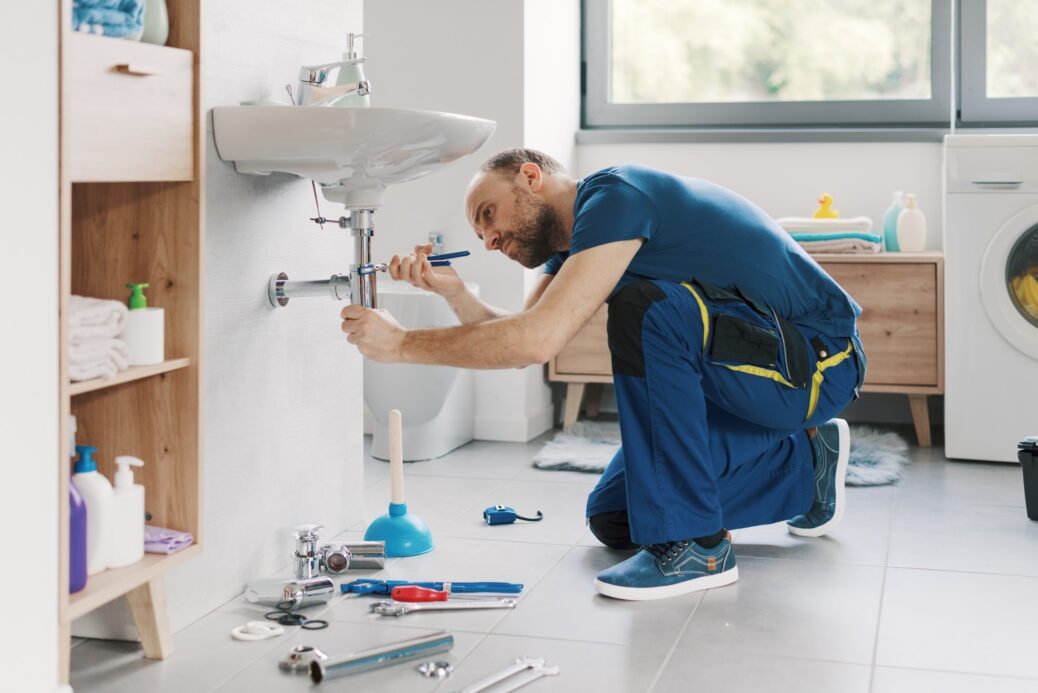Drains don’t often give you a clear notice when something’s wrong. Most problems start quietly and slowly, then turn into bigger issues that are harder and costlier to deal with. If you know what to look for early on, you can avoid major plumbing challenges and long-term damage to your home or property. Here are seven warning signs that usually point to a need for professional drain repairs.
1. Persistent Slow Draining
One of the most common signs of trouble is when water takes longer than usual to drain from sinks, showers, or bathtubs. It’s often caused by build-up from hair and greasy materials that narrow the drain passage over time. In some cases, the issue might extend further into the drain line where a simple home fix won’t do much. If the problem repeats even after using a plunger or store-bought solution, it’s time to call someone who can assess and treat the underlying cause.
2. Frequent Water Backups
If water begins to rise back up through your sink, tub, or toilet, it usually means there’s an obstruction in the system stopping it from draining properly. A partial obstruction in the system might be enough to cause water to reverse direction when too much pressure builds up. This can lead to contamination and even water damage inside your home.
If you’re dealing with this regularly, it’s worth looking into blocked drain repair Sydney professionals offer, especially since the problem might be deeper in the pipes than expected. A local expert can track where the blockage starts and fix it before it gets worse.
3. Unusual Sounds Coming From Drains
Gurgling noises can be more than just a quirky sound from your pipes. They often point to trapped air that builds up when water can’t move freely through the system. The noise typically happens when air bubbles force their way through standing water or past blockages. In some cases, the venting system might be compromised. These sounds shouldn’t be ignored, especially if they happen frequently across multiple fixtures.
4. Foul Smells That Don’t Go Away
Smelly drains usually mean something is stuck, decomposing, or growing where it shouldn’t be. Organic matter and moisture create a good environment for bacteria and mould, which can spread through the system if left unchecked. Even with regular cleaning, foul odours that keep returning might mean there’s a deeper blockage or even breaks in storm drain pipes that allow debris to settle in.
Households that start being environmentally friendly often stop relying on harsh chemical drain cleaners, which can mask the smell without fixing the cause. A proper drain cleaning service can help clear out built-up waste and prevent future issues.
5. Sudden Changes in Water Flow
When taps or fixtures start flowing weaker than usual, or when water sprays unpredictably, it may not be your faucet that’s at fault. Sometimes, pipe damage or minor invasions in the drainage network can disturb water flow. This is especially common in older homes or in areas with shifting soil conditions. Structural weaknesses, soil movement, or external pressure can all interfere with how water moves through the system. A professional inspection can help isolate the problem and avoid more severe issues later.

6. Visible Water Accumulation or Leakage
Puddles forming near sinks, tubs, or outdoor drains are a visible warning that shouldn’t be brushed aside. Even a small leak might suggest broken pipes or cracks along the pipelines. Water leakage around fixtures, walls, or ceilings can quickly lead to structural damage if not addressed. In many cases, what looks like a surface-level problem is just a symptom of something deeper in the drainage or sewer system. Fixing it early prevents repair bills from spiralling out of control.
7. Tree Root Intrusion
Older drainage systems, particularly those with clay or metal pipes, are vulnerable to tree roots seeking moisture. When roots grow into or around the pipes, they can cause blockages, misalignments, and even collapse sections of the pipe entirely. Signs include slow drainage, repeated clogs, and unexplained spikes in water usage.
If roots are found, repairs might involve cutting, clearing, or replacing damaged sections using durable materials that can better withstand root growth. Left alone, this can cause long-term damage to your plumbing and nearby structures.
Conclusion
Drains might seem low-maintenance, but ignoring the early signs of trouble can lead to far bigger headaches. Gurgling noises, water backups, slow flow, and other symptoms usually point to more than just temporary clogs. Addressing these warning signs early helps prevent structural damage, costly replacements, and health risks tied to poor drainage.
If you’ve noticed any of these issues, it’s probably time to bring in someone who can sort it properly before it gets worse. Regular inspections and prompt repairs will save time, money, and stress in the long run.








